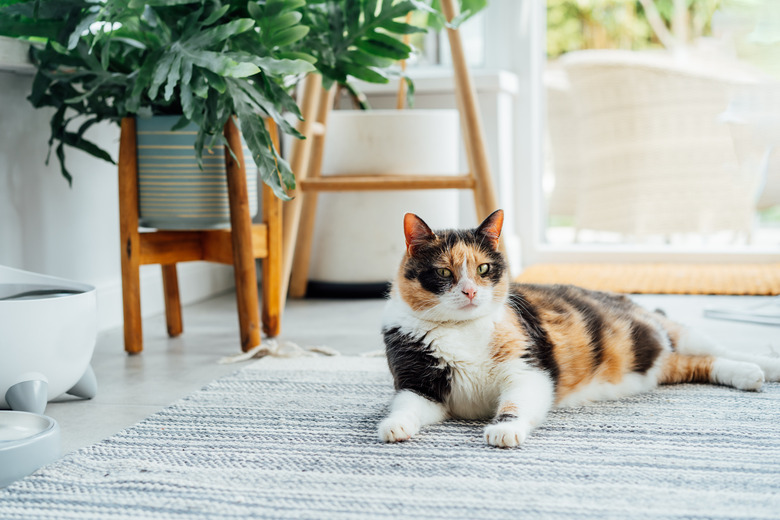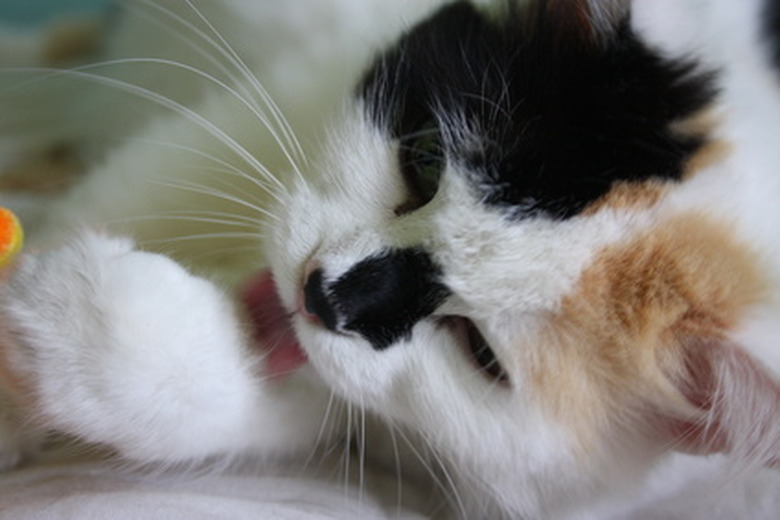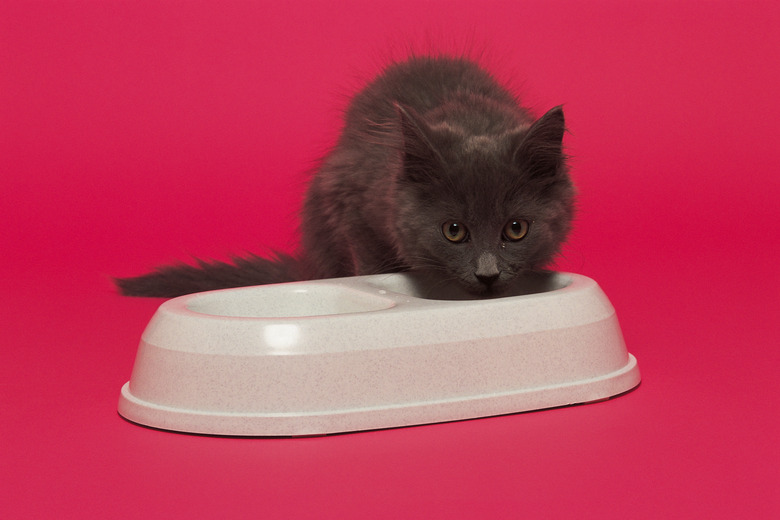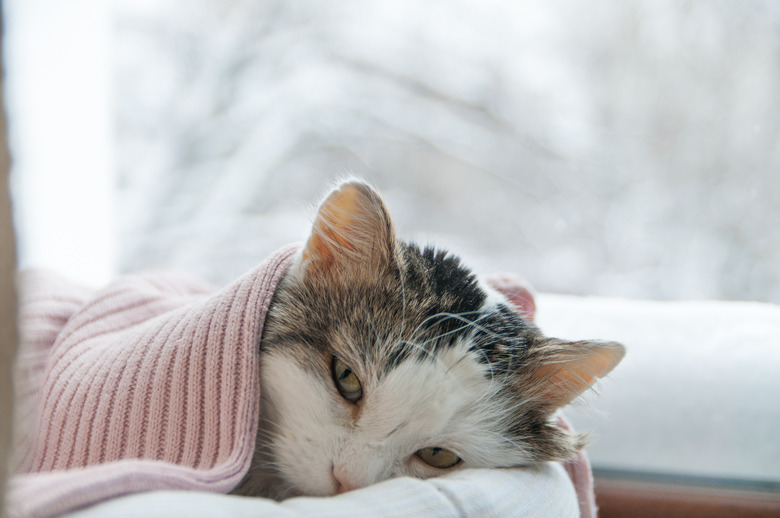Cat Throwing Up Yellow Liquid? Veterinarian-Approved Info About A Cat Throwing Up Yellow Stuff
A common concern among cat owners is why their cat is throwing up yellow liquid. There are a number of potential causes behind why a cat may vomit bile. Sometimes, this may be an indication of a serious condition, such as pancreatitis or liver disease, and other times, it may be as simple as foreign bodies, blockage, or undigested food. The list of reasons for cat yellow vomit is almost as numerous as the types of cats in the world.
Why do cats vomit yellow liquid?
Why do cats vomit yellow liquid?
While it is common for cats to vomit yellow liquid, as yellow bile is almost always present in the upper intestine and stomach, it is best practice to know the causes of cat vomit. Some common causes include:
- Hairballs that arise from a cat's natural desire to groom themself
- Eating too quickly, which happens with kittens in particular
- Intestinal parasites or worms, which may require additional veterinary care
It could be a hairball
Cats have a natural desire to groom themselves frequently by licking their fur for extended periods. Large amount of hair are often ingested, and this can eventually form a buildup of hair in the digestive system. If your cat periodically vomits a yellow bile substance followed by or accompanied by a wet wad of hair, this is a natural habit for felines, and there is little to be concerned about.
To prevent hairball vomiting in the future, look for special cat food designed to alleviate hairballs. The food will be labeled as "hairball formula" or a similar description.
Kitty is eating too quickly
Some cats — kittens in particular — have a tendency to eat so fast that they hardly chew their food, and significant amounts of morsels are swallowed whole. This may cause an upset to the digestive system, as it becomes more difficult to properly digest food. The feline body will produce bile to help digest the food, but sometimes, they vomit up the food and the bile before the bile has time to help digest the food. A yellow foamy substance expelled with what looks like uneaten cat food may be an indication that your cat is eating too fast.
Check for worms
Internal parasite conditions, such as intestinal worms, are also known to cause yellow vomiting in felines. If you have not vaccinated your pet against these parasites, there is the possibility that the vomiting is due to internal parasites. Weight loss is typically associated with parasites, though it can also be caused by hyperthyroidism and kidney disease. Though these are serious conditions, an X-ray, bloodwork, or other veterinary examination may reveal an underlying cause or other possible reasons for these health issues. Many cats can make a full recovery from these conditions with the proper veterinary treatment.
Have you changed your cat's diet?
Have you changed your cat's diet?
A cat who has been abruptly transferred from one type of food or diet to another may experience regurgitation that includes bile. Cats have a very sensitive digestive system, and new or foreign meals may upset a cat's stomach when there is no gradual introduction to new foods. When making changes to what your cat eats, a gradual transition is recommended to avoid nausea and vomiting.
To gradually introduce new food, keep some of the old food and combine small amounts of the new food into each serving. Add a little more each day until there is more new food versus old food per serving. After a few days, your cat should be able to eat the new food exclusively without any digestive issues.
Finally, be sure to schedule a veterinarian checkup if vomiting persists, is chronic, or becomes severe.
What to do when your cat is vomiting yellow liquid
What to do when your cat is vomiting yellow liquid
When a cat vomits bile once or twice in a day or the condition subsides within 24 hours, it usually does not call for much concern. Yellow bile is almost always present in some amount in the upper intestine or stomach, so it is common for some yellow bile to be found any time your cat vomits. We have all known cats who tend to regurgitate their food or throw up regularly.
Usually, you know your cat well enough to know if vomiting is a regular occurrence or something more serious. However, pet owners should seek veterinary attention if the condition persists beyond one full day or if the vomit contains blood or is accompanied by lethargy, diarrhea, loss of appetite, or a bloated abdominal section.
How to prevent vomiting in cats
How to prevent vomiting in cats
If your cat vomits and you are concerned, the first thing to do is nothing. An empty stomach can help to assess GI issues. While it is important to offer clean, fresh water to prevent dehydration, withholding food for 12 to 24 hours can help to assess the causes of vomiting. Then, you can offer food in small amounts a tablespoon or scoop at a time.
Bland foods can be best for an upset stomach and can be paired with a starch like rice to help stools. Overall cat health can be improved by bland foods, such as boiled chicken or turkey cooled to a warm temperature. Remember that cats are carnivores and would probably enjoy a poached fish. After offering a bland diet for a few days, you can slowly wean cats back to their usual food source.
The bottom line
The bottom line
While yellow bile is often present in the stomach or upper intestines of a cat, excessive or uncommon vomit is cause for taking note. Yellow bile can appear in hairballs, can be a sign of parasites, or can just be a warning that your cat is eating too quickly. A common solution for vomiting is to restrict your cat's food intake and switch to a bland diet for a few days or until the vomiting clears up. As with most conditions, if you are worried about pet health due to your cat's vomiting, seek medical help from your DVM.



